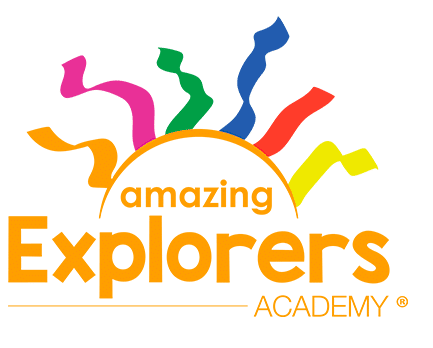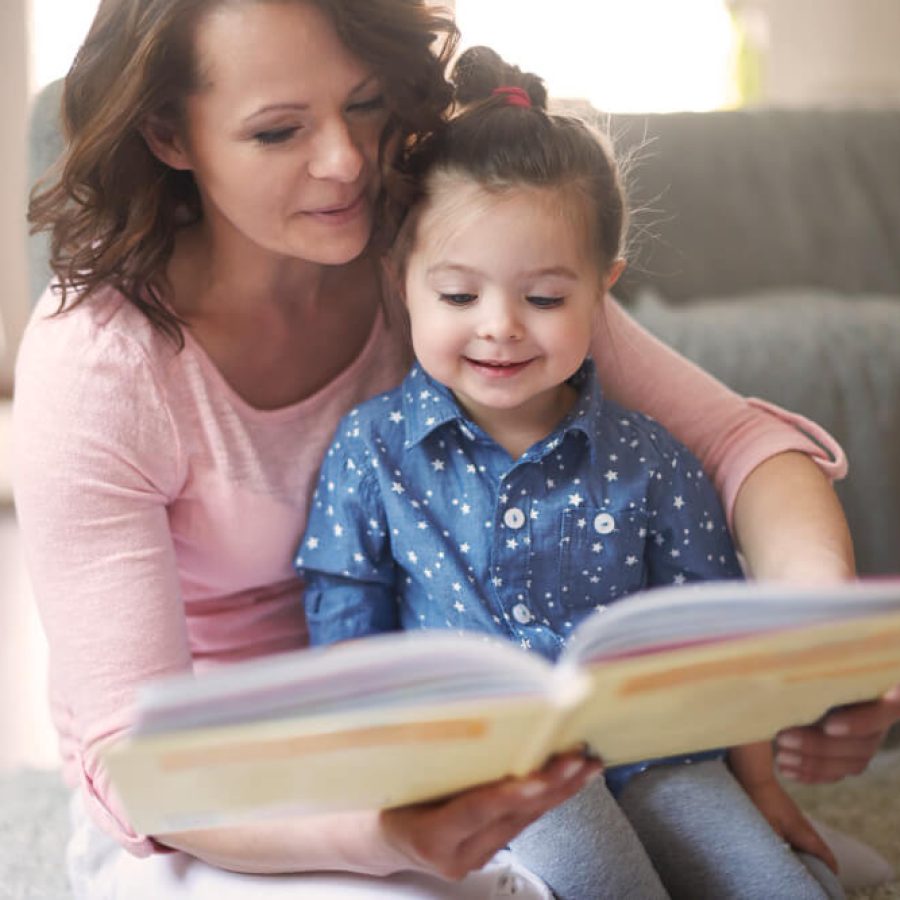As educators, we are in charge of providing parents with the best educational opportunities for children. This means we know how valuable reading time can be! Notably, the best way to foster the love for literature is to present it as soon as possible for Little Ones. And we’ve got just the best childhood books to recommend!
Ranging from classics to more modern approach books for older children (like toddlers and preschoolers), every book holds a lesson to be learned.
The Classic Childhood Books
Although these were written quite some time ago, they still work as great choices for bedtime stories, or simply for something to read throughout the day.
It’s a no-brainer that reading to children brings benefits to their cognitive development. But the benefits go beyond that: take reading time as an opportunity to spend quality time together and strengthen the bonds with your Little One.
“Goodnight Moon” by Margaret Wise Brown
This is a classic from 1947. As the little bunny goes through every object in their bedroom, they wish it goodnight. This serves as a preparation for their own sleep, because as they say goodnight, they move around the bed, make themselves comfortable, and are kind of influenced to obey the bedtime.
This is a great choice of book because it might serve as an exercise to help prepare your Little One for bedtime.
You can create a ritual of saying goodnight together so that your child feels safe where they are because they recognize every objects that’s around them.
This can help with their independence, specially in future sleepovers in places they are not accustomed to.
“Where the Wild Things Are” by Maurice Sendak
Since its publishing in 1963, this book is highly praised for how it handles basic human emotions: the anger that comes from both Max’s mom, and his own sentiment because he is upset by the treatment and punishment he gets from his mother.
Simultaneously, it also encompasses how imagination plays a big role in children’s lives. Max turns to his own world of fantasy to find a place of complacency and where he can be as wild as he is accused of being.
At the end of the day, as Max decides to come back home because he misses the love of his mom, he finds dinner waiting for him.
This is a lesson that even though there might be disagreements, the people that love you will never fully stop caring for you.
“The Very Hungry Caterpillar” by Eric Carle (1969):
This 1969 classic is not only good for story time, but it also serves as an interactive book, since there is a physical version of the book in which you can see and feel with your own hands where the caterpillar ate their way through.
The book also teaches concepts that are part of a child’s daily routine; we all know that learning through play is a great way to learn, and this is exactly what this book does when it presents the day of the week according to what the caterpillar ate.
This book also teaches lessons about being patient with change, and going through different phases in your life; sometimes you’re a caterpillar, sometimes you’re a butterfly.
The cultural impact of the Hungry Caterpillar was such a big one that, every year, the beginning of Sprint on March 20th is also known as Caterpillar Day.
Books that Teach Valuable Lessons
“The Day the Crayons Quit” by Drew Daywalt
What would you do if your everyday objects started to complain because they don’t agree on how you treat them? That’s the basic premise of this 2013 book.
Duncan opens his crayon box one day only to realize each of the crayons has a protest about how they have been used.
The complaints vary from how Duncan associates certain colors with pre-assigned objects or figures. Is pink really a “girls color”? Why can’t dinosaurs and rockets be painted pink? Also, is the sun always orange? Or is it yellow? Or can it have different colors?
This book opens room for valuable discussions about preconceived concepts, how we picture them, and most importantly, on the importance of taking and responding to people giving us feedback and making requests that we can solve.
“Last Stop on Market Street” by Matt de la Peña
This one has been featured in different lists of best children’s books, so you’ll know that its reading will be worth it.
All the dynamic is based on a bus ride that CJ and his grandmother (Nana) take after the Sunday church. As Matt gets his eye caught on different people around them, he starts to question Nana about their own condition. Why don’t they have a car? Why can’t he have an iPod like other kids? Why can’t a blind man can’t see?
These are just a few questions presented in the book that give room for Nana to share her world vision with her grandson.
Although she has witty answers on the top of her tongue, she takes all of CJ’s questions and answers them. But more than that, she shows him how important it is to focus on what you do have and what you hold inside yourself that can’t be taken away from you.
“The Color Monster: A Story About Emotions” by Anna Llenas
If children create their own associations with subjects that are part of their lives, why not use colors to denote feelings? This is the basic premise of a book that shows children the value of emotional literacy.
The importance of understanding emotions, putting them in the right places, how to identify and manage each emotion.
Also, the book teaches its first lesson early on, by helping us realize that mixing too many emotions at once may get us feeling overwhelmed.
Engaging Books For Toddlers and Infants
If your young reader is still taking their first steps into the literature world, don’t worry! We’ve also had suggestions of books that stimulate readers from a sensory perspective, while still telling a story.
“Dear Zoo” by Rod Campbell
This one is suited for toddlers! Keep your Little One entertained by showing them how to flip the pages to find out the animals the zoo has sent.
This is also a good book for guessing games and practicing animal names.
“Press Here” by Hervé Tullet
It is interactive and keeps Little Ones busy, but without the perks of making a mess at home everytime the color dots change places!
It’s a great activity, with very simple instructions, that are suited for infants and toddlers. As they follow the directions and flip pages, they get to see the consequences of their actions.
You can create a guessing game with your child and ask them what they think will happen as they “change” the color dots!
As our list of best childhood books comes to an end, you might even be feeling a little nostalgic from remembering the quintessential books that were part of your own upbringing!
As we can see, literature is an amazing tool to inspire Little Ones to use their own imagination. Since you’re on this topic, keep your streak around creations and inventions and learn how creative development impacts your child’s.


